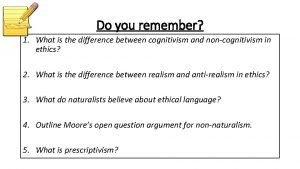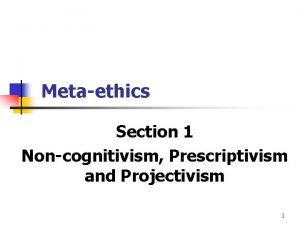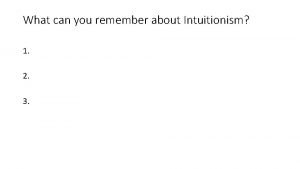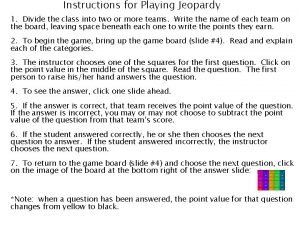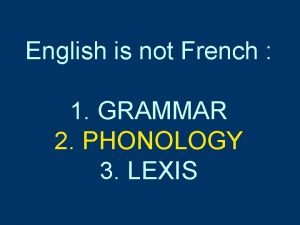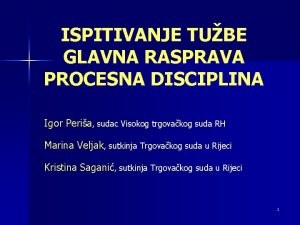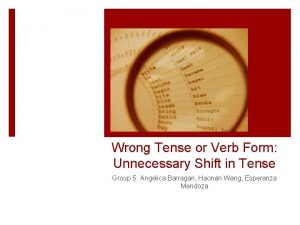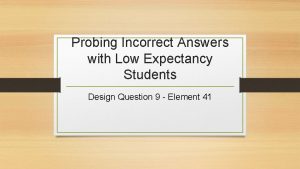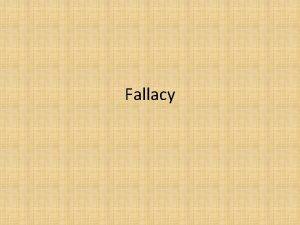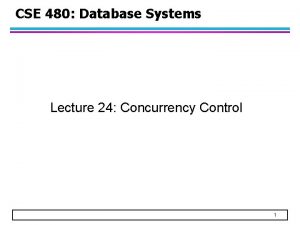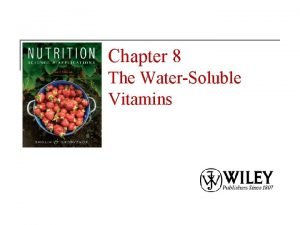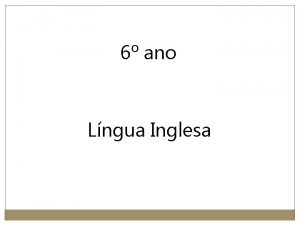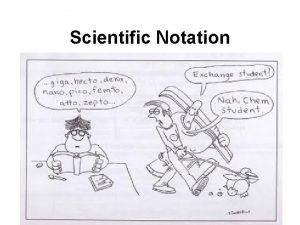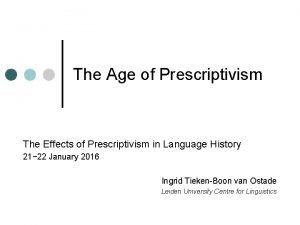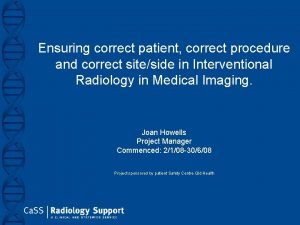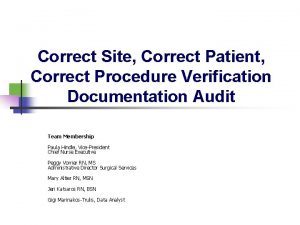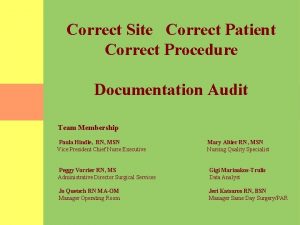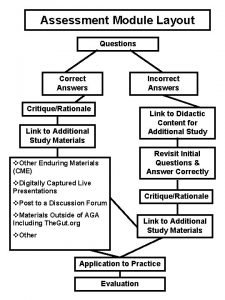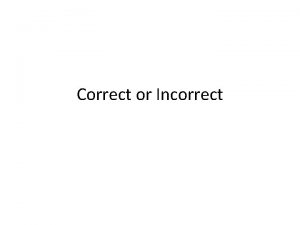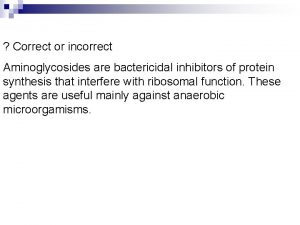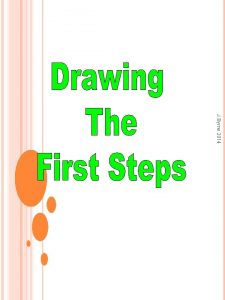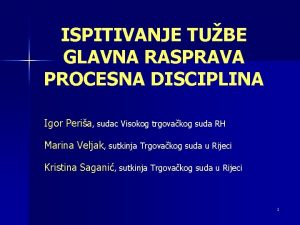18 thcentury prescriptivism Latin correct and incorrect Peria

















- Slides: 17

18 th-century prescriptivism Latin: correct and incorrect Peria qui nosci amare (Herculaneum) Pereat qui non scit amare English ? Ay, here they be that dare and will disturb thee. My ancient incantations are too weak. “Rules of grammar”

18 th-century prescriptivism Ay, here they be that dare and will disturb thee. My ancient incantations are too weak. Old English: ic eom þú ert hé is wé, gé, hí sindon ic beo þú bist hé bið wé beoð

18 th-century prescriptivism Ay, here they be that dare and will disturb thee. My ancient incantations are too weak. Early Modern English: I am thou art he is we, ye, they are I be thou beest he be(eth) we be

18 th-century prescriptivism “ascertainment, ” fixing standardisation, normalisation

18 th-century prescriptivism Jonathan Swift, Proposal for Correcting, Improving, and Ascertaining the English Tongue (1712): Persons, as are generally allowed to be best qualified for such Work, . . should assemble at some appointed Time and Place, and. . . some Method should be thought on for ascertaining and fixing our Languge forever, after such Alterations are made in it as shall be thought requisite.

18 th-century prescriptivism De-facto academy: grammars, dictionaries, usage manuals, newspapers columns

18 th-century prescriptivism Grammars promote form-function symmetry, with a one-to-one relationship between function and form. (Poplack etc 88). Particular forms are associated with particular functions, and competing forms are eradicated. “Variability may be ignored, degraded by associating one or more of the variants with boors, foreigners, or the illiterate, or explained away by imbuing variant forms with subtle semantic distinctions” (Poplack etc 89)

18 th-century prescriptivism Negative “. . . or explained away by imbuing variant forms with subtle semantic distinctions” (Poplack etc 89) Positive “. . . or by increasing semantic distinctions in the written language” - another mode of “enrichment”

18 th-century prescriptivism “ascertainment, ” fixing standardisation, normalization prescription proscription description

18 th-century prescriptivism Dr Samuel Johnson, A Dictionary of the English Language, 1755 Robert Lowth (larter Bishop of London), Short Introduction to English Grammar 1762

I be coming you was a-trying too hard he done it I seen/seed him yesterday that’s the man what I saw that’s the bloke as done it I didn't see nothing mér langar, mig hlakkar til, læknirarnir segja ég heimsótti dóttir mína

18 th-century prescriptivism which / who (as, at, what) shall / will was / were is-are / be double negative (negative concord) don't split the infinitive ('to bravely tread') don't use prepositions to end sentences with bigger than he/him It is I/me apostrophe 's in the possessive form

18 th-century prescriptivism apostrophe 's in the possessive form: the king’s, the king’s the child’s, the children’s

18 th-century prescriptivism Rules of spelling full, beautiful, doubt, queen, quean lady, ladie, ladye evident, important, attendant, superintendent Etymonline, ‘-ent’: suffix forming adjectives from nouns or verbs, from Fr. ent, from L. -entem, pp. ending of verbs in -ere/-ire. O. Fr. changed many to -ant but after c. 1500 some in Eng. were changed back to what was supposed to be correct L

18 th-century prescriptivism description proscription Your language is wrong; mine is right. You have to learn mine.

18 th-century prescriptivism Standardization is practical and necessary. . . . ? enrichment: elaboration of the written language All history is progress from worse to better. . . . ?

- end -
 What years make up the 19 thcentury? 20 thcentury?
What years make up the 19 thcentury? 20 thcentury? Example of emotivism
Example of emotivism Non cognitivism examples
Non cognitivism examples Projectivism
Projectivism Intuitionism example
Intuitionism example Linguistic prescriptivism
Linguistic prescriptivism ¿qué haces tú con el libro de viajes? (leer) 1 of 1
¿qué haces tú con el libro de viajes? (leer) 1 of 1 Paul et henri font du karaté. correct incorrect
Paul et henri font du karaté. correct incorrect Sifat kimia jus oren
Sifat kimia jus oren Matej peria
Matej peria Unnecessary shift in verb tense
Unnecessary shift in verb tense Probing incorrect answers with low expectancy students
Probing incorrect answers with low expectancy students 5 a day language review week 11
5 a day language review week 11 A misconception resulting from incorrect reasoning
A misconception resulting from incorrect reasoning Incorrect summary problem example
Incorrect summary problem example Which statement concerning vitamins is incorrect?
Which statement concerning vitamins is incorrect? Mark the incorrect option according to the genitive case.
Mark the incorrect option according to the genitive case. Scientific notation examples
Scientific notation examples


